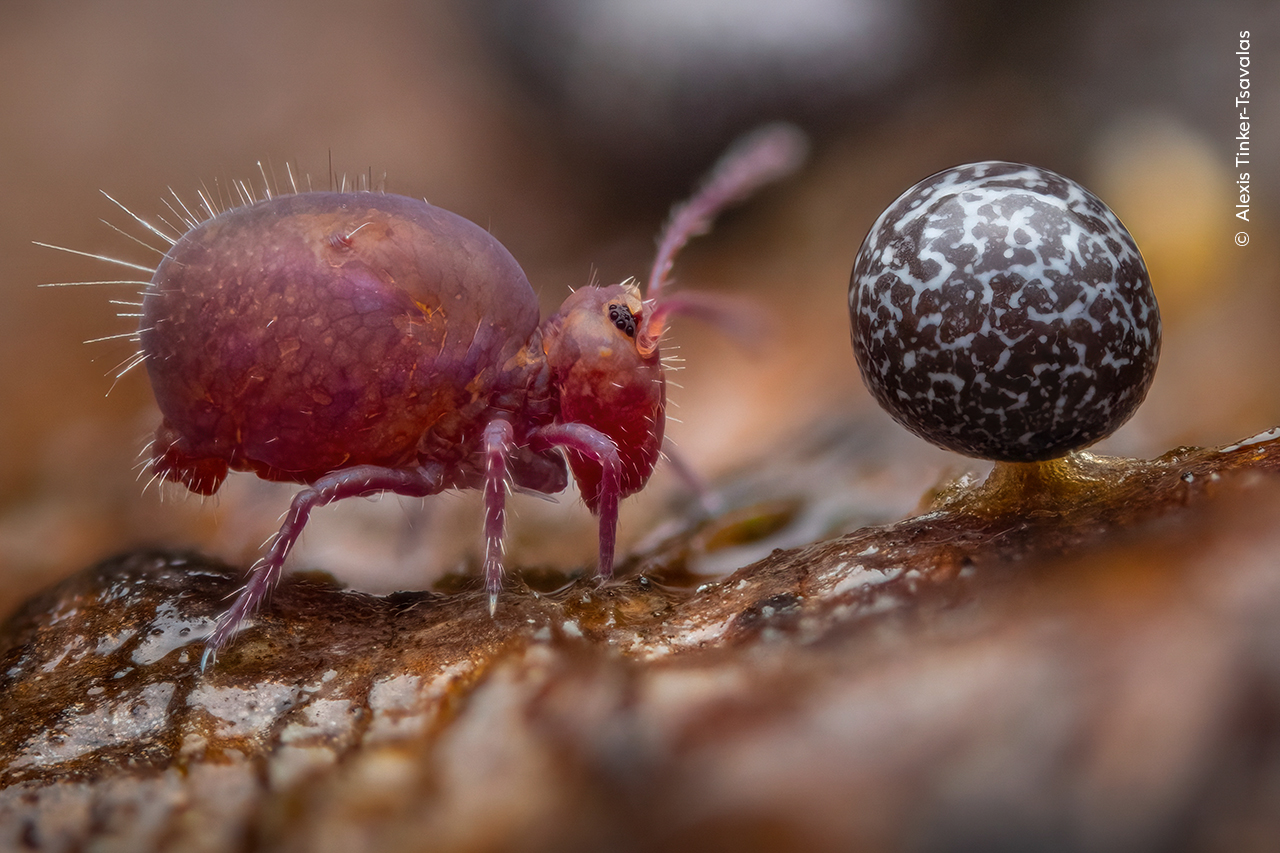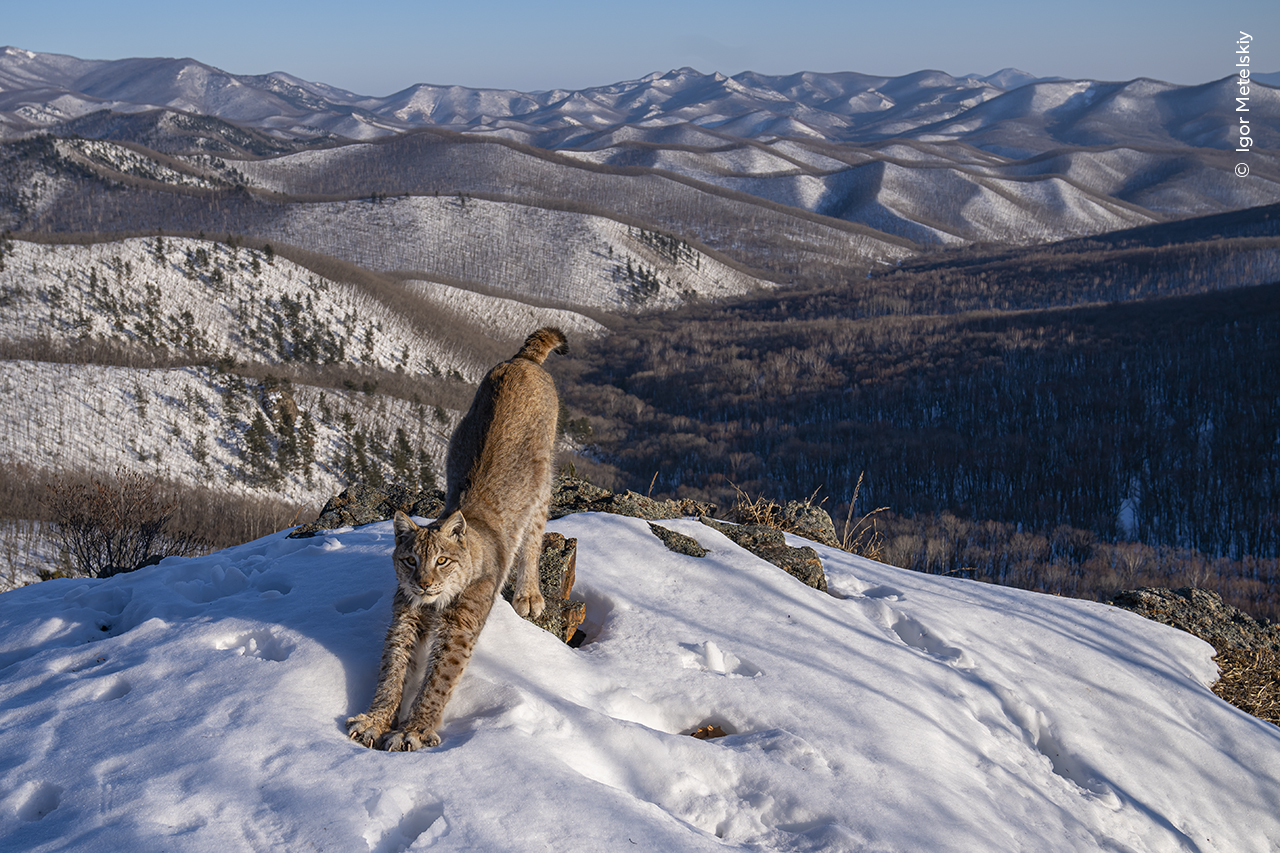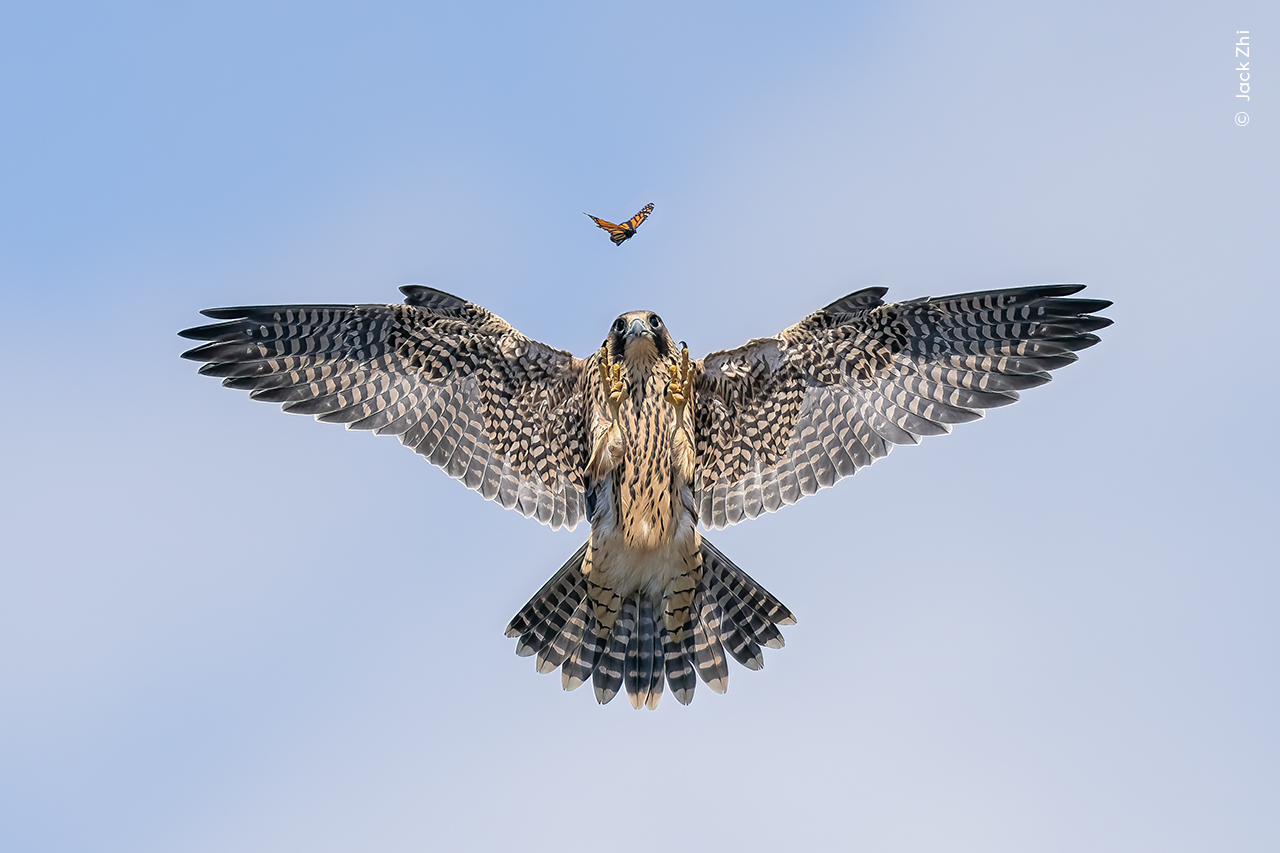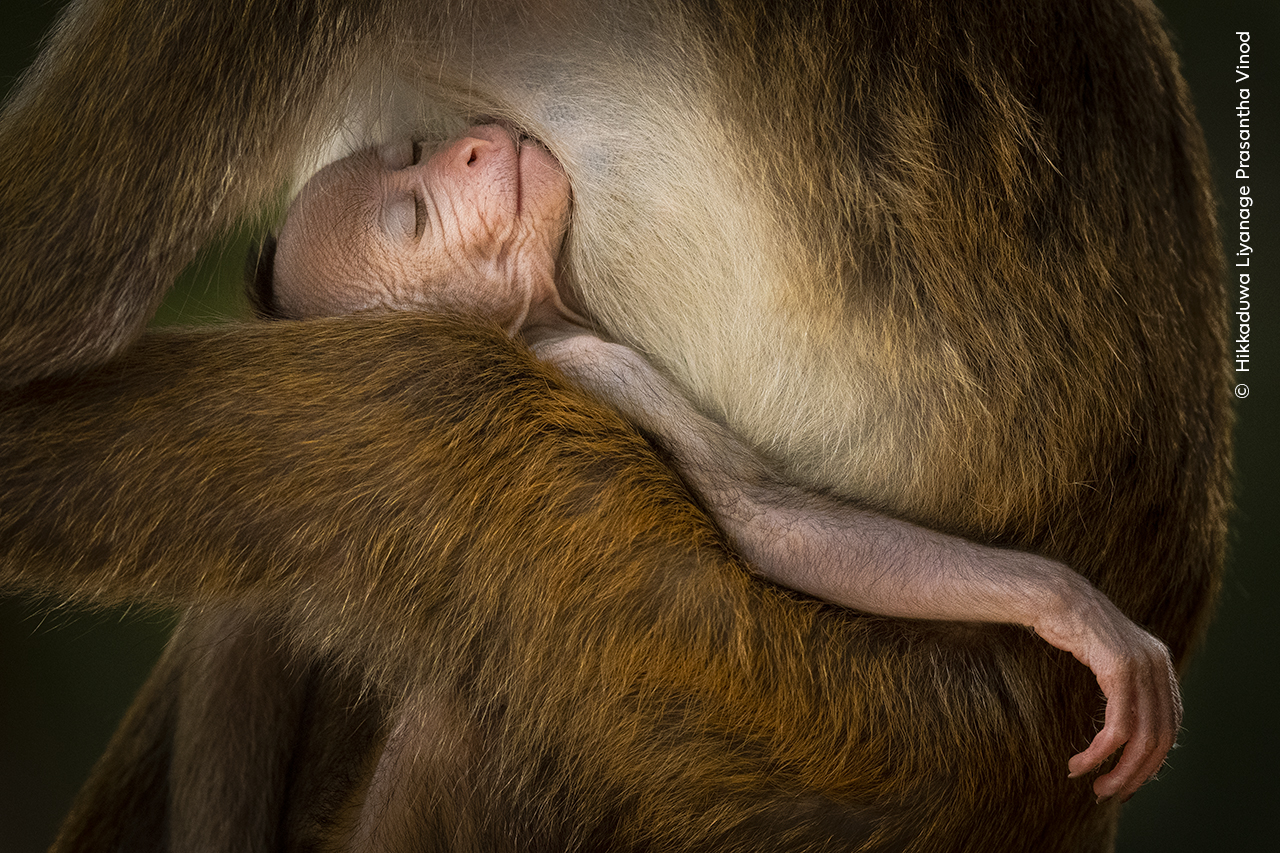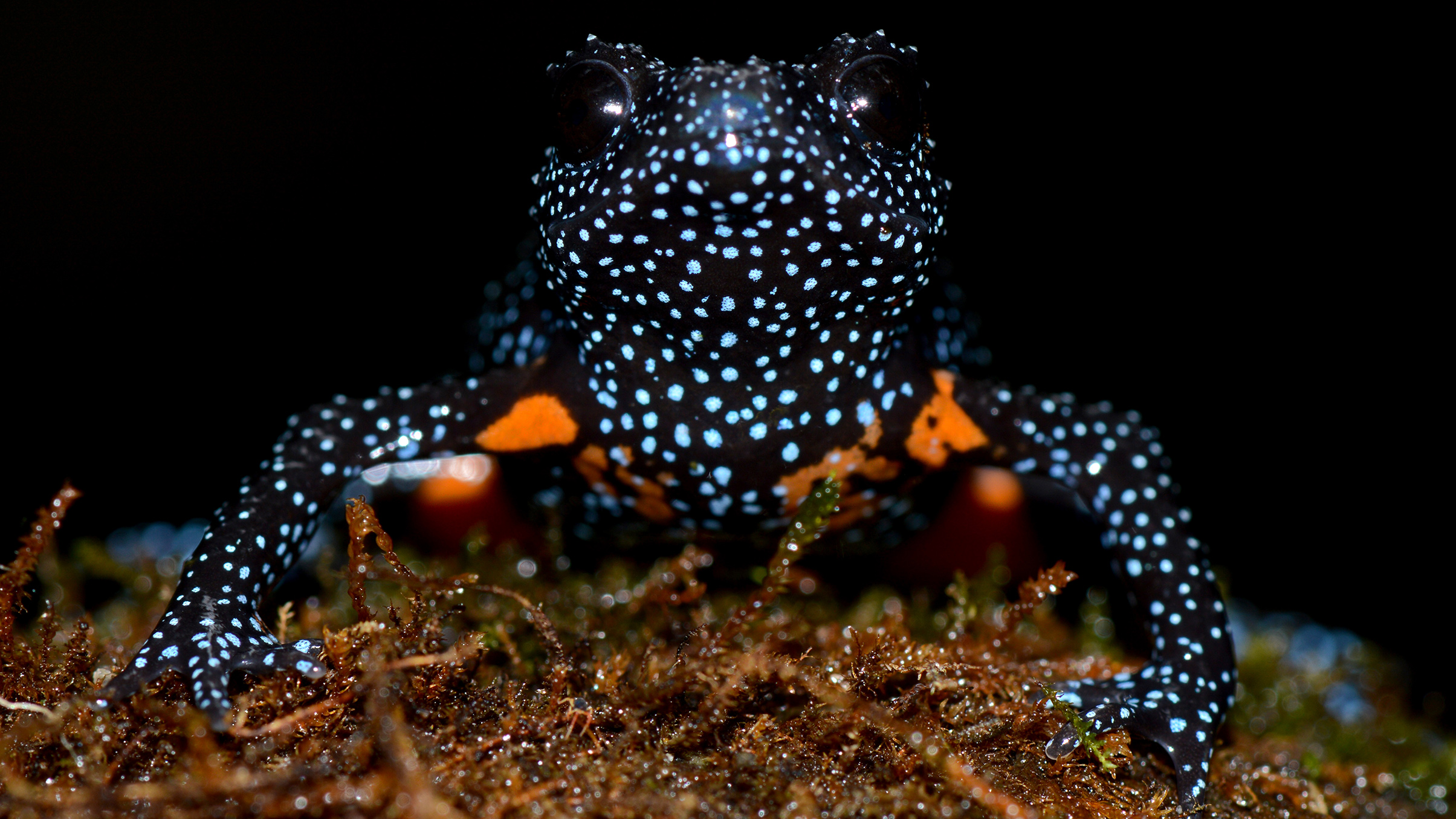Wildlife Photographer of the Year 2024 snorkels among tadpoles for breathtaking winning shot
And the Young Wildlife Photographer of the Year top spot goes to a macro shot of a microscopic creepy-crawly and smile mold…
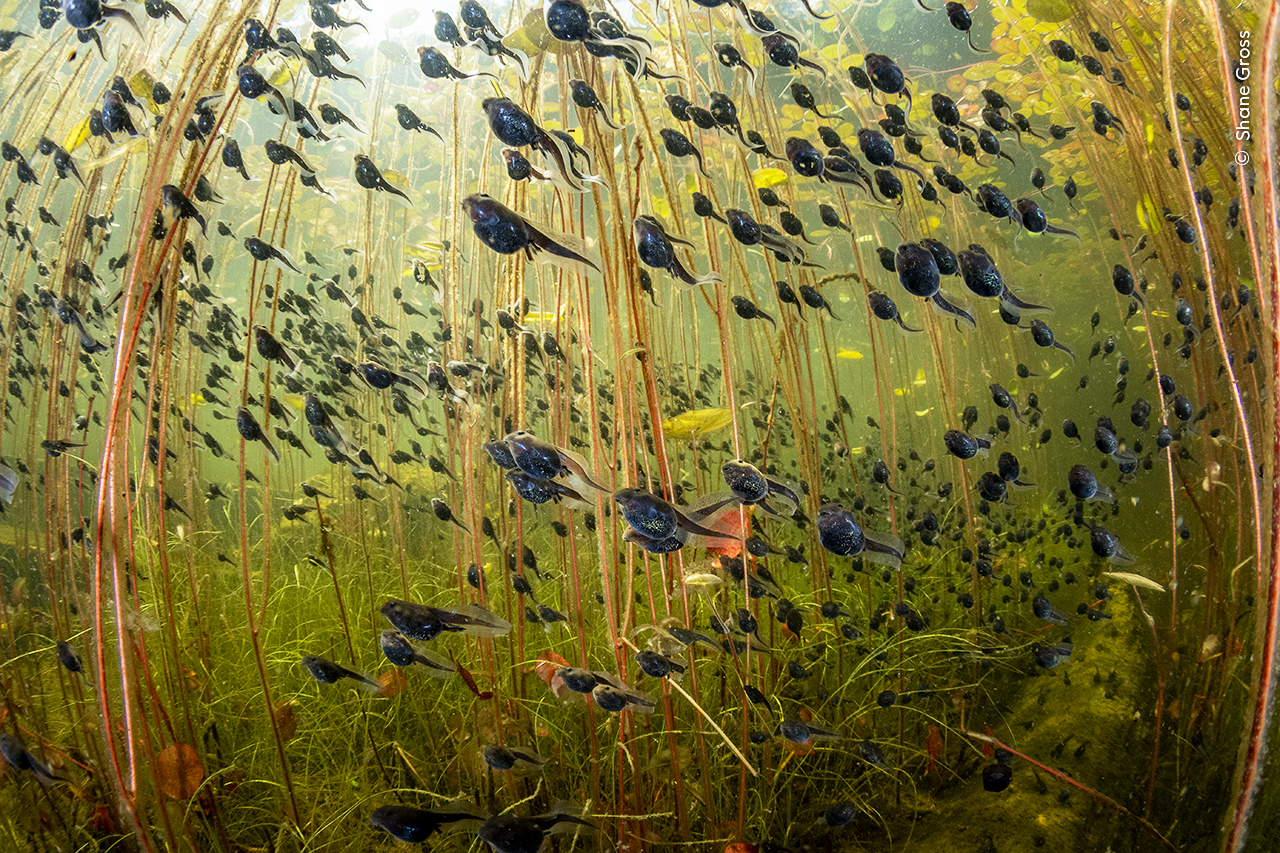
The winners of the Wildlife Photographer of the Year 2024 competition have been announced, and this year’s overall winner is an underwater image of tadpoles by Canadian Marine Conservation Photojournalist, Shane Gross.
His image, ‘The Swarm of Life’, was selected from a 59,228 entries from 117 countries – the largest number of entrants the competition has ever seen – and the winners were announced at an awards ceremony at the UK’s Natural History Museum in South Kensington, London.
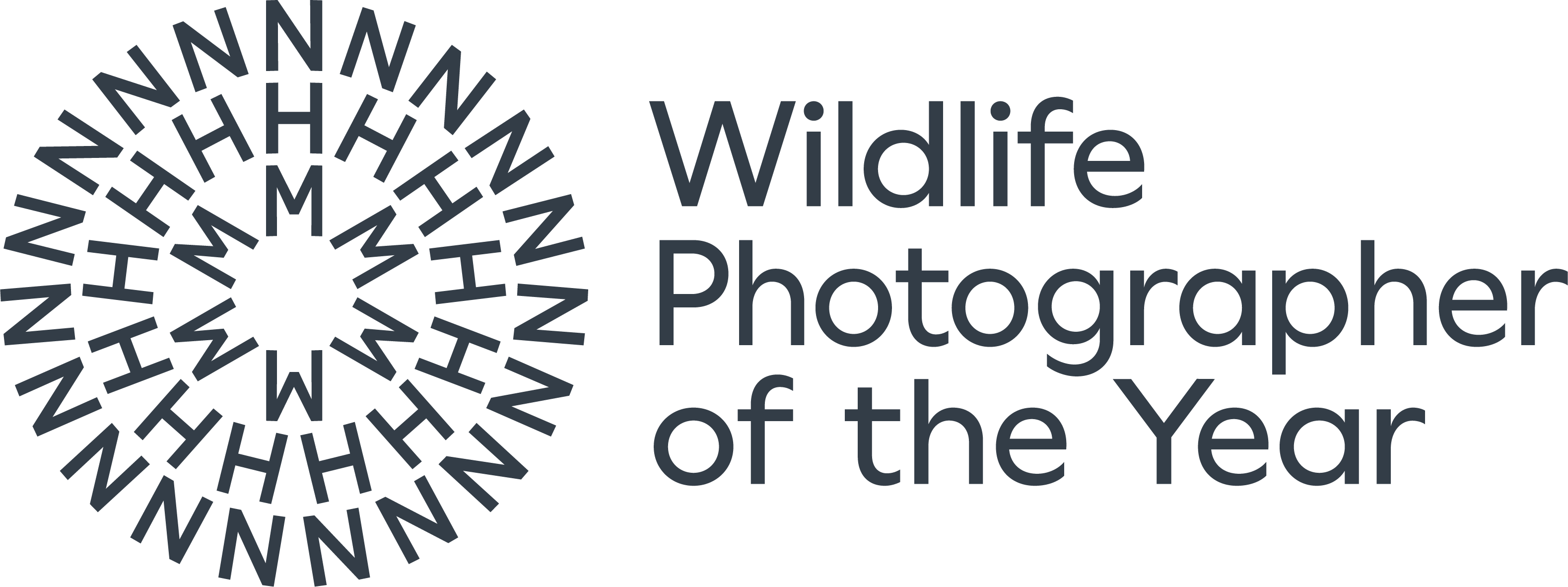
The annual Wildlife Photographer of the Year competition and touring exhibition are run and owned by the Natural History Museum, London. Touring venues in the UK currently include Birmingham Museum & Art Gallery; Bristol Museum & Art Gallery; Chester Zoo; The Base, Greenham; The Beacon, Whitehaven; Sewerby Hall & Gardens, Bridlington.
In his winning shot, Shane looks under the surface layer of lily pads as a mass of western toad tadpoles swim past. He snorkeled in the lake for several hours, through carpets of lily pads. This prevented any disturbance of the fine layers of silt and algae covering the lake bottom, which would have reduced visibility. Western toad tadpoles swim up from the safer depths of the lake, dodging predators and trying to reach the shallows, where they can feed. The tadpoles start becoming toads between four and 12 weeks after hatching. An estimated 99% will not survive to adulthood.
Kathy Moran, Chair of the Jury and Editor, said of the winning image: “The jury was captivated by the mix of light, energy and connectivity between the environment and the tadpoles. We were equally excited by the addition of a new species to the Wildlife Photographer of the Year archive. Over the last few years, the competition has highlighted environments and species that are often overlooked yet provoke the same wonder and delight when shared as the more typically photographed wildlife and wild places.”
The award for the Young Wildlife Photographer of the Year went to Alexis Tinker-Tsavalas from Germany, for an up-close image of a microscopic springtail next to fruiting slime mold. The teenage photographer, whose image also won the 15-17 years category, rolled over a log to take the shot, and had to act fast as springtails can jump many times their body length in a fraction of a second. He focus-stacked a total of 36 images, to achieve enough depth of field in his shot. Springtails are barely two millimeters long (less than a tenth of an inch), and are commonly found alongside slime molds and leaf litter worldwide. They feed on bacteria and fungi, and play a valuable role in improving soil by helping organic matter to decompose.
“A photographer attempting to capture this moment not only brings great skill, but incredible attention to detail, patience and perseverance. To see a macro image of two species photographed on the forest floor, with such skill, is exceptional,” commented Kathy Moran.
Wildlife POTY category winners
Here are a selection of category-winning images. For information about the exhibition at the Natural History Museum, as well as details of the touring exhibition and how to enter next year's competition, head to the Wildlife Photographer of the Year website.
Igor Metelskiy shows a lynx stretching in the early evening sunshine, its body mirroring the undulating wilderness. The remote location and changing weather conditions made access to this spot – and transporting equipment there – a challenge. Igor positioned his camera trap near the footprints of potential prey. It took more than six months of waiting to achieve this relaxed image of the elusive lynx. A survey carried out in 2013 estimated the entire Russian lynx population was around 22,500 individuals, with numbers for the Russian Far East, including those in Primorsky Krai, at 5,890.
The best camera deals, reviews, product advice, and unmissable photography news, direct to your inbox!
John E Marriott frames a lynx resting, with its fully grown young sheltering from the cold wind behind it. John had been tracking this family group for almost a week, wearing snowshoes and carrying light camera gear to make his way through snowy forests. When fresh tracks led him to the group, he kept his distance to make sure he didn’t disturb them. Lynx numbers usually reflect the natural population fluctuations of their main prey species, the snowshoe hare. With climate change reducing snow coverage, giving other predators more opportunities to hunt the hares, hare populations may decline, in turn affecting the lynx population.
Jack Zhi enjoys watching a young falcon practicing its hunting skills on a butterfly, above its sea-cliff nest. Jack has been visiting this area for the past eight years, observing the constant presence of one of the birds and photographing the chicks. On this day it was a challenge to track the action because the birds were so fast. Should this young peregrine falcon make it to adulthood, tests have shown it will be capable of stooping, or dropping down on its prey from above, at speeds of more than 300 kilometers per hour (186 miles per hour).
Hikkaduwa Liyanage Prasantha Vinod finds this serene scene of a young toque macaque sleeping in an adult’s arms. Resting in a quiet place after a morning of photographing birds and leopards, Vinod soon realized he wasn’t alone. A troop of toque macaques was moving through the trees above. Vinod spotted this young monkey sleeping between feeds and used a telephoto lens to frame the peaceful moment. Toque macaques easily adapt to human foods, and the encroachment of plantations into their habitat has seen an increase in incidents of shooting, snaring and poisoning by farmers trying to preserve their crops.

Karine Aigner recognizes the skin of a yellow anaconda as it coils itself around the snout of a yacaré caiman. The tour group Karine was leading had stopped to photograph some marsh deer when she noticed an odd shape floating in the water. Through binoculars, Karine quickly recognized the reptiles and watched as they struggled with each other. Caimans are generalist feeders and will eat snakes. As anacondas get larger, they will include reptiles in their diet. It’s hard to determine who is the aggressor here. On the snake’s back are two tabanids, blood-sucking horseflies that are known to target reptiles.
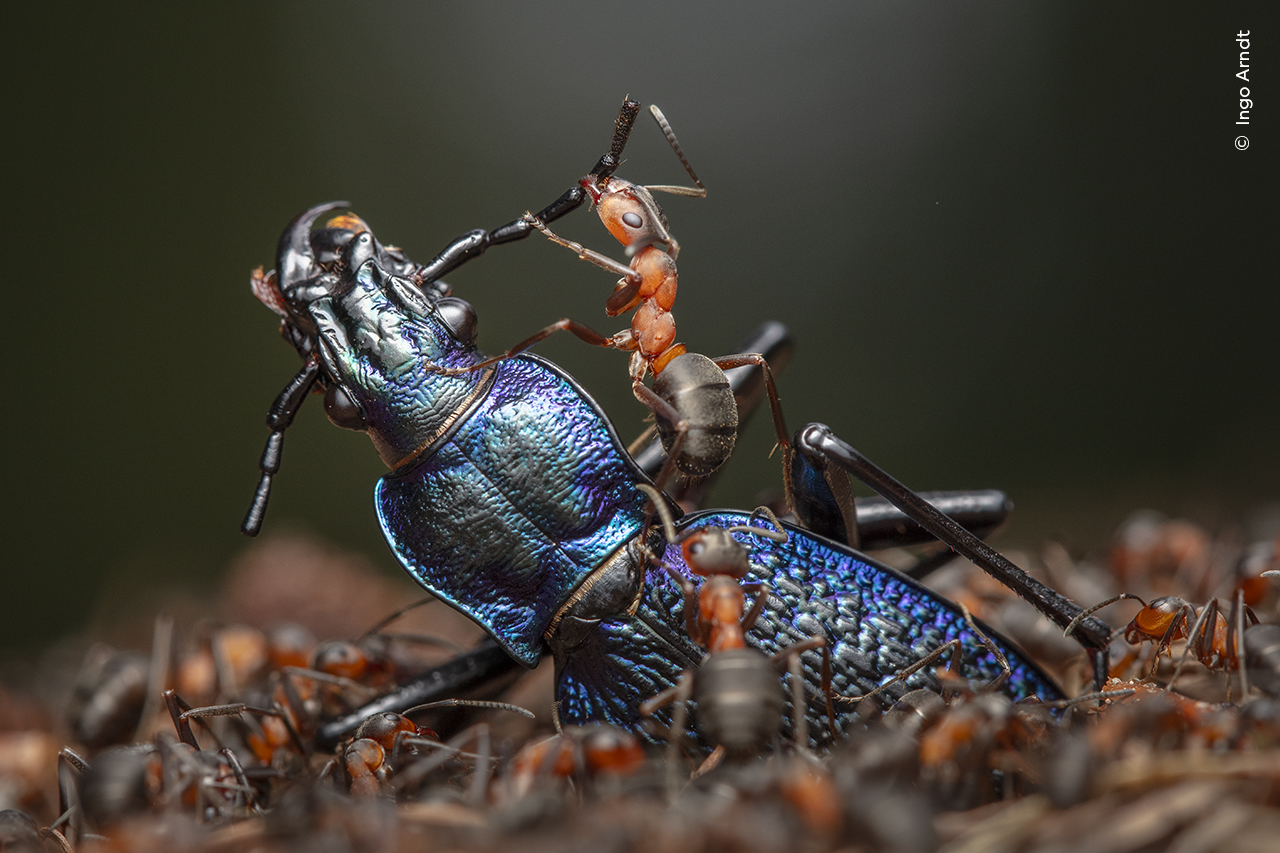
Ingo Arndt documents the efficient dismemberment of a blue ground beetle by red wood ants. ‘Full of ant’ is how Ingo described himself after lying next to the ants’ nest for just a few minutes. Ingo watched as the red wood ants carved an already dead beetle into pieces small enough to fit through the entrance to their nest. Much of the red wood ants’ nourishment comes from honeydew secreted by aphids, but they also need protein. They are capable of killing insects and other invertebrates much larger than themselves through sheer strength in numbers.
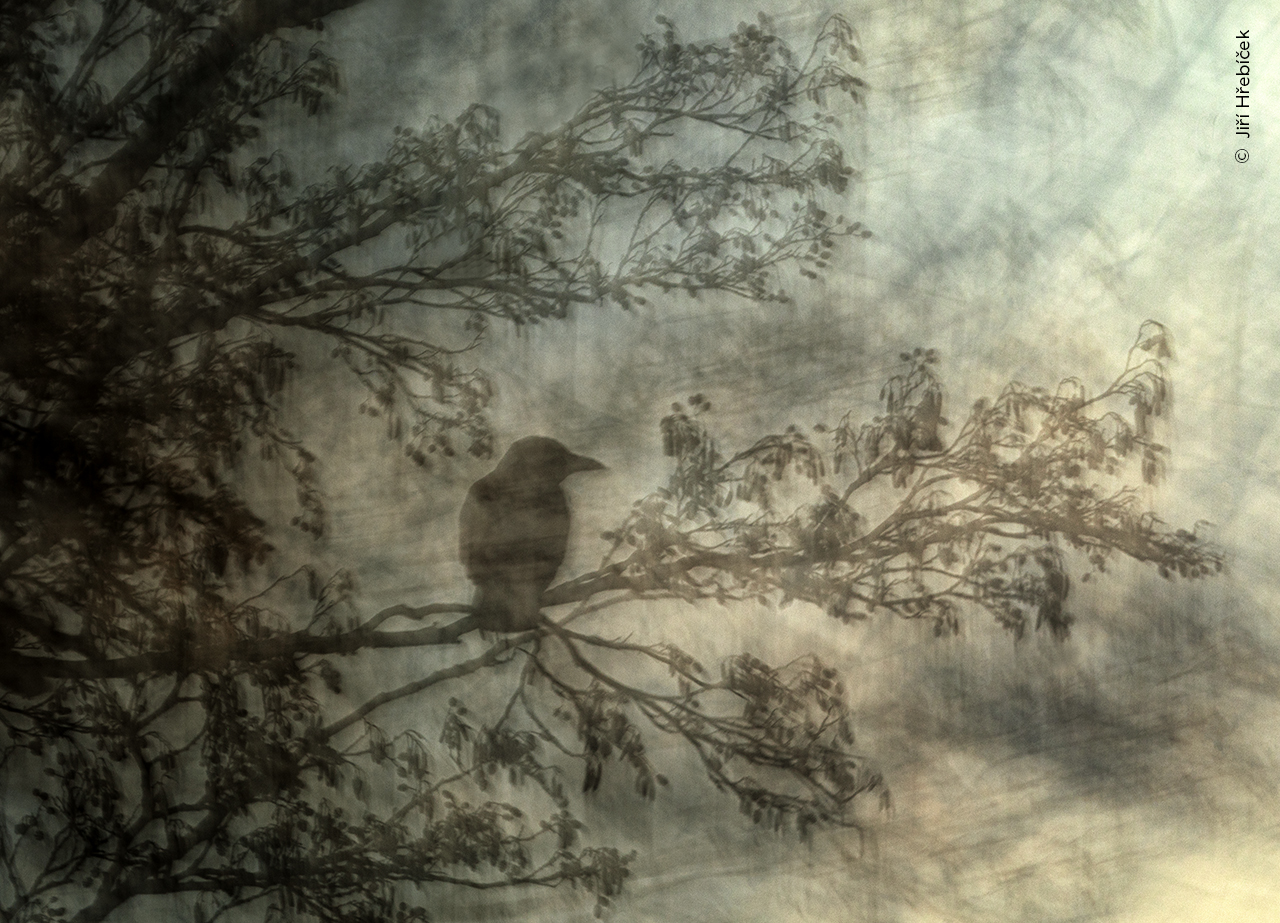
Jiří Hřebíček creates an impressionistic vision of this perching carrion crow. Jiří often visits his local park in Basel as it’s an ideal place to experiment with camera techniques. To create this painterly effect of a sitting carrion crow, Jiří deliberately moved his camera in different directions while using a long shutter speed. Carrion crows are intelligent birds that have successfully adapted to living alongside humans, with gardens and parks providing a regular food supply. In Switzerland they are found north of the Alps, with some of the highest concentrations around Basel.
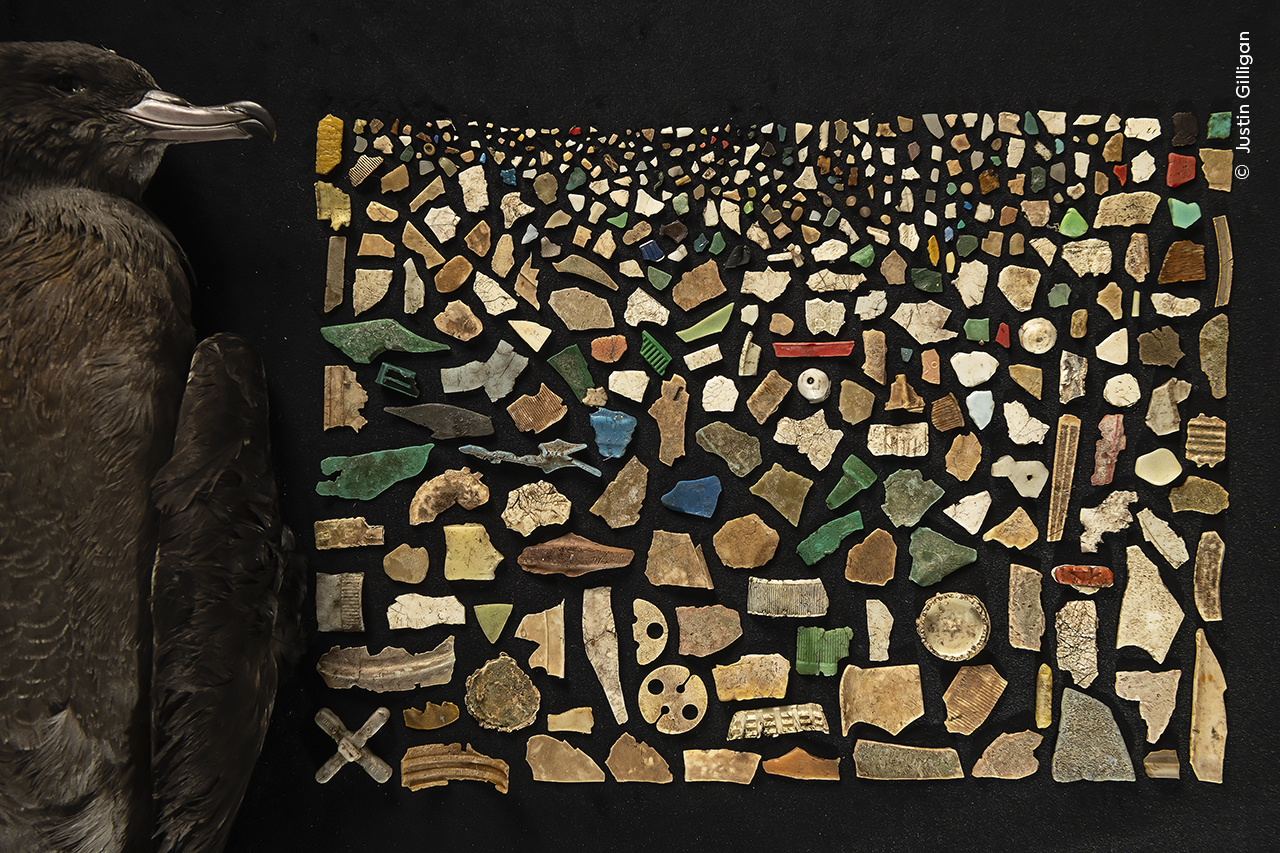
Justin Gilligan (Australia) creates a mosaic from the 403 pieces of plastic found inside the digestive tract of a dead flesh-footed shearwater. Justin has been documenting Adrift Lab’s work for several years, often joining them on beach walks at dawn to collect dead chicks. The team brings together biologists from around the world to study the impact of plastic pollution on marine ecosystems. Studies found that three quarters of adult flesh-footed shearwaters breeding on Lord Howe Island – and 100% of fledglings – contained plastic. The team, including a Natural History Museum scientist, discovered it causes scarring to the lining of the digestive tract, a condition called plasticosis.
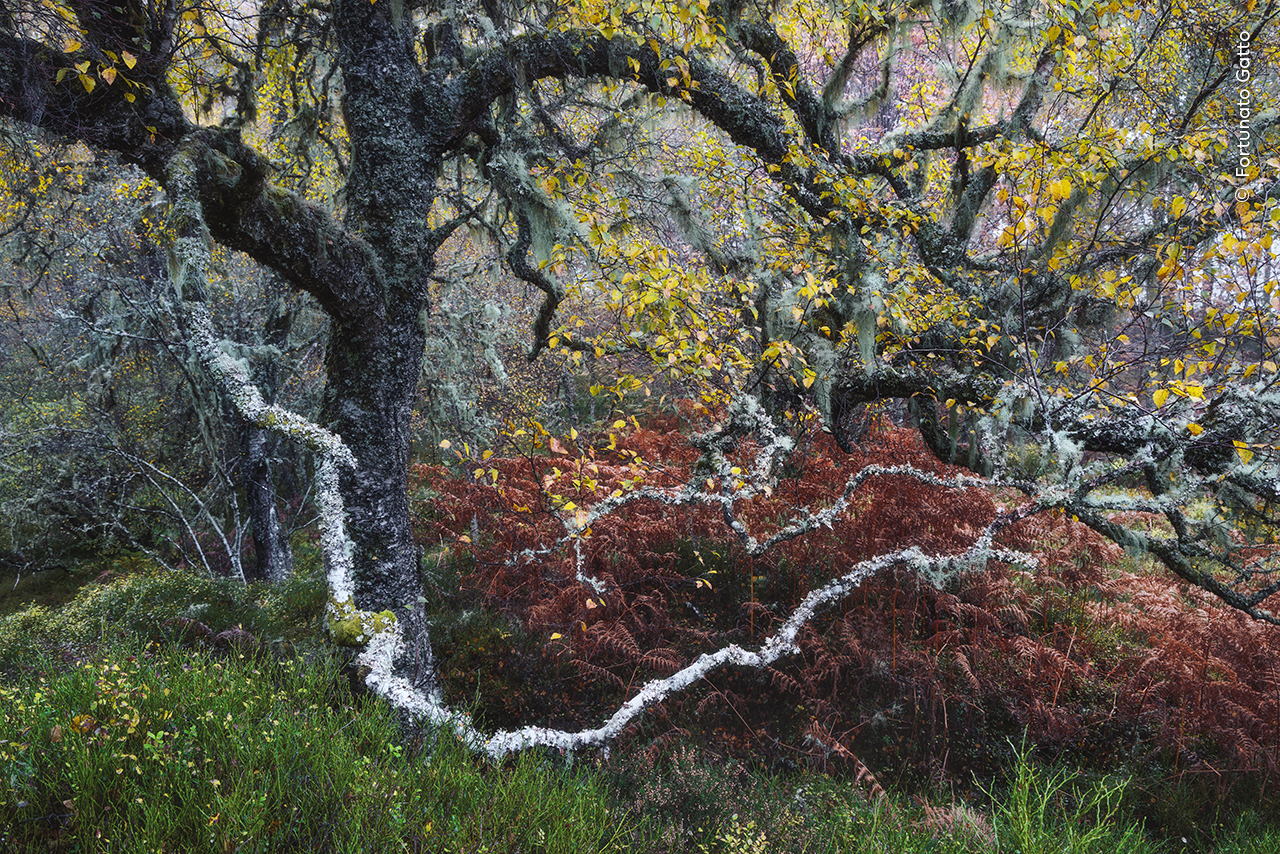
Fortunato Gatto comes across a gnarled old birch tree adorned with pale ‘old man’s beard’ lichens. Fortunato often visits the Glen Affric ancient pinewoods alone to lose himself in its intricate, chaotic, timeless beauty. The pale ‘old man’s beard’ lichens indicate that it’s an area of minimal air pollution. Glen Affric is home to the highest concentration of native trees in the UK, making it a vital ecosystem. Analysis of pollen preserved in the layered sediments shows that the forest has stood here for at least 8,300 years.
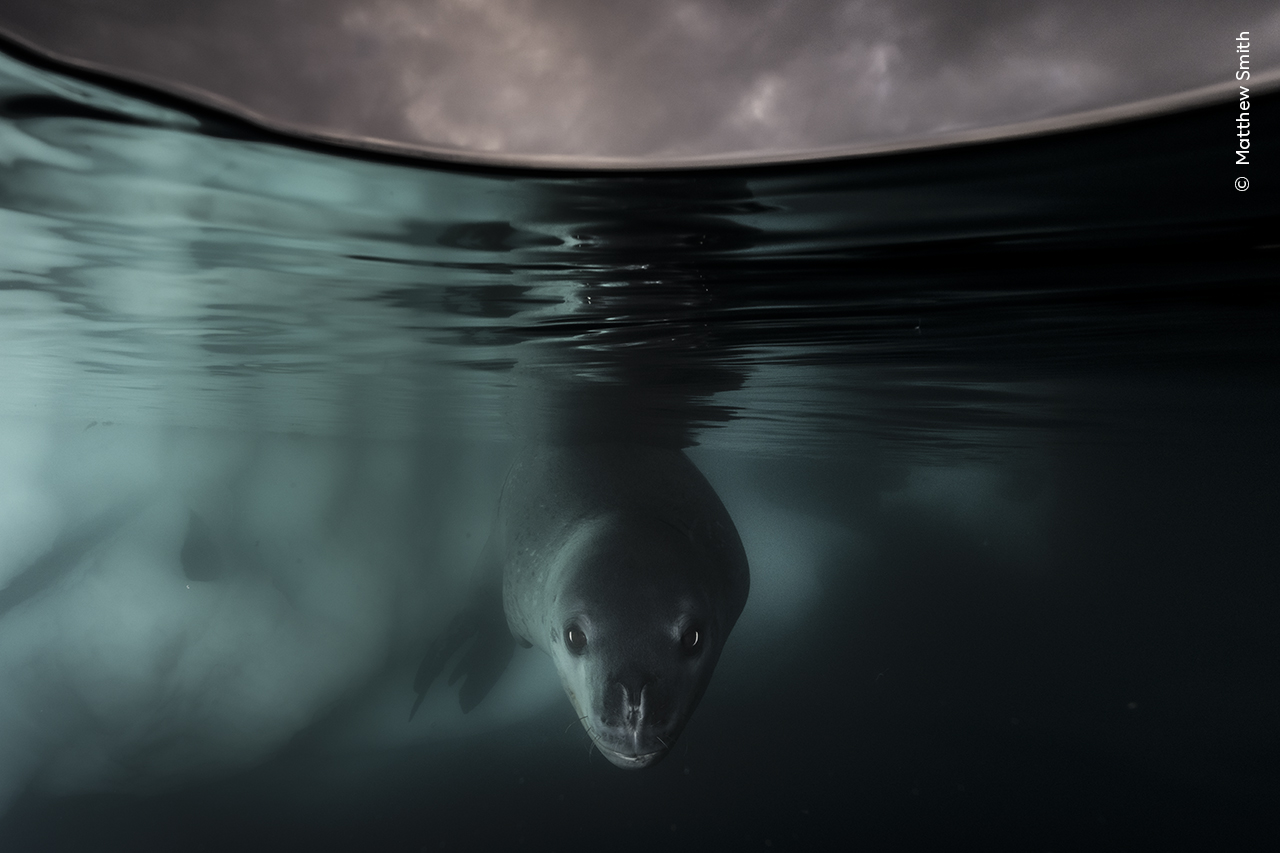
Matthew Smith carefully photographs a curious leopard seal beneath the Antarctic ice. Matthew used a specially made extension he designed for the front of his underwater housing to get this split image. It was his first encounter with a leopard seal. The young seal made several close, curious passes. ‘When it looked straight into the lens barrel, I knew I had something good.’ Though leopard seals are widespread and abundant, overfishing, retreating sea ice and warming waters mean that krill and penguins – their main food sources – are both in decline.
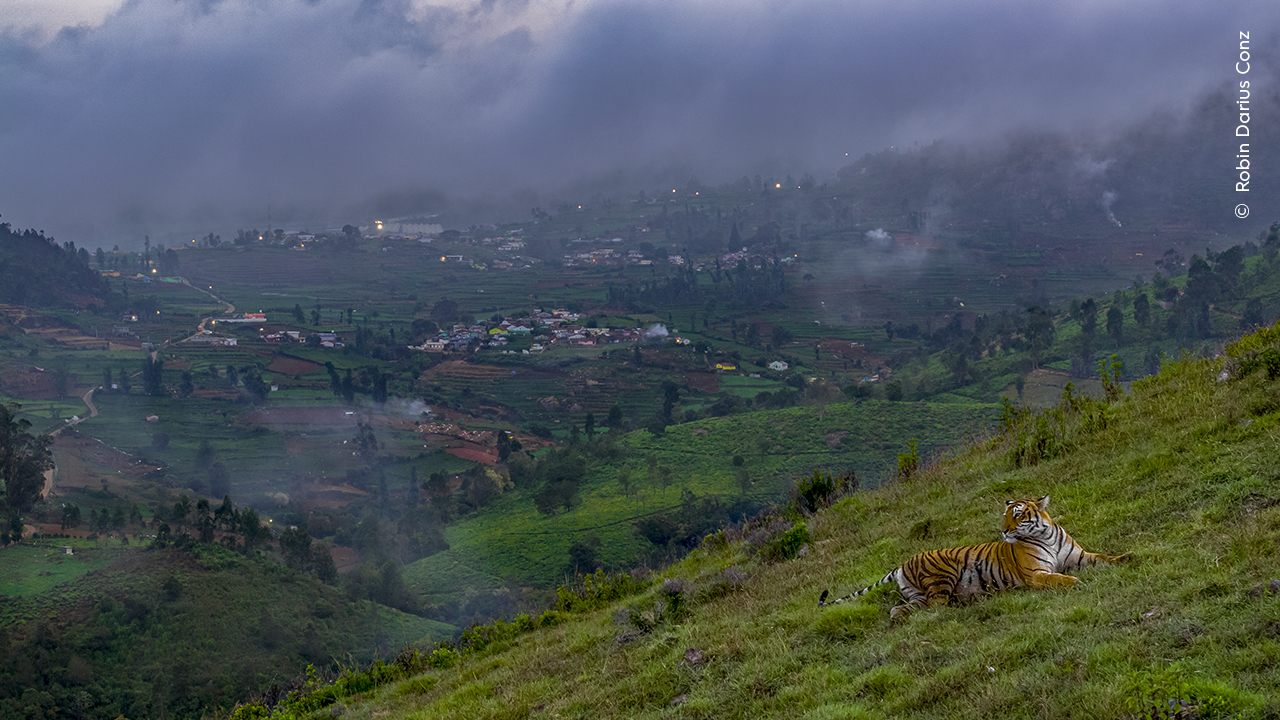
Robin Darius Conz watches a tiger on a hillside against the backdrop of a town where forests once grew. Robin was following this tiger as part of a documentary team filming the wildlife of the Western Ghats. On this day, he used a drone to watch the tiger explore its territory before it settled in this spot. The protected areas in the Western Ghats, where tigers are carefully monitored, are some of the most biodiverse landscapes in India and have a stable population of tigers. Outside these areas, where development has created conflict between humans and wildlife, tiger occupancy has declined.
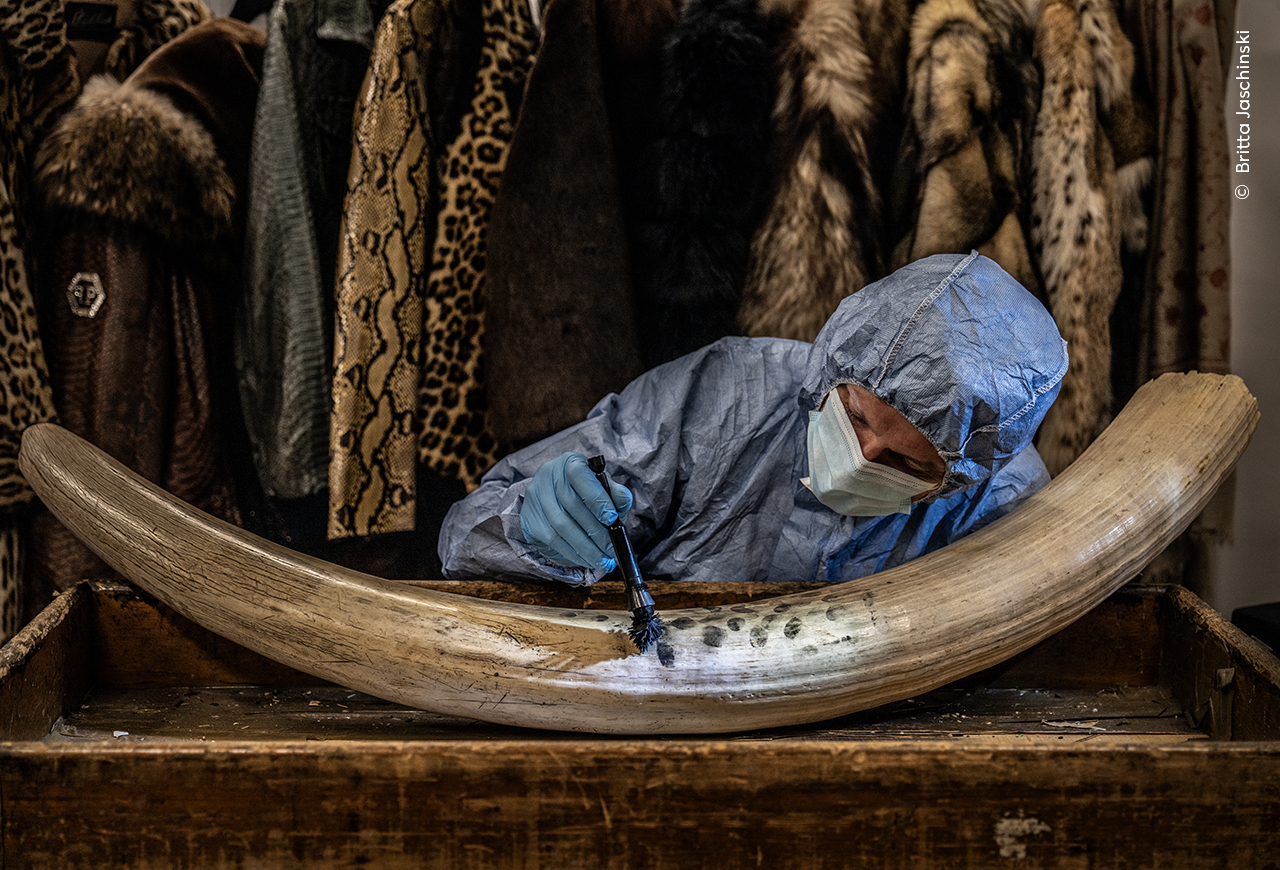
Britta Jaschinski looks on as a crime scene investigator from London’s Metropolitan Police dusts for prints on a confiscated tusk. Britta spent time at the CITES Border Force department where confiscated animal products are tested. Newly developed magnetic powder allows experts to obtain fingerprints from ivory up to 28 days after it was touched, increasing the chances of identifying those involved in its illegal trade. The International Fund for Animal Welfare has distributed more than 200 specially created kits to border forces from 40 countries. They have been instrumental in four cases that resulted in 15 arrests.
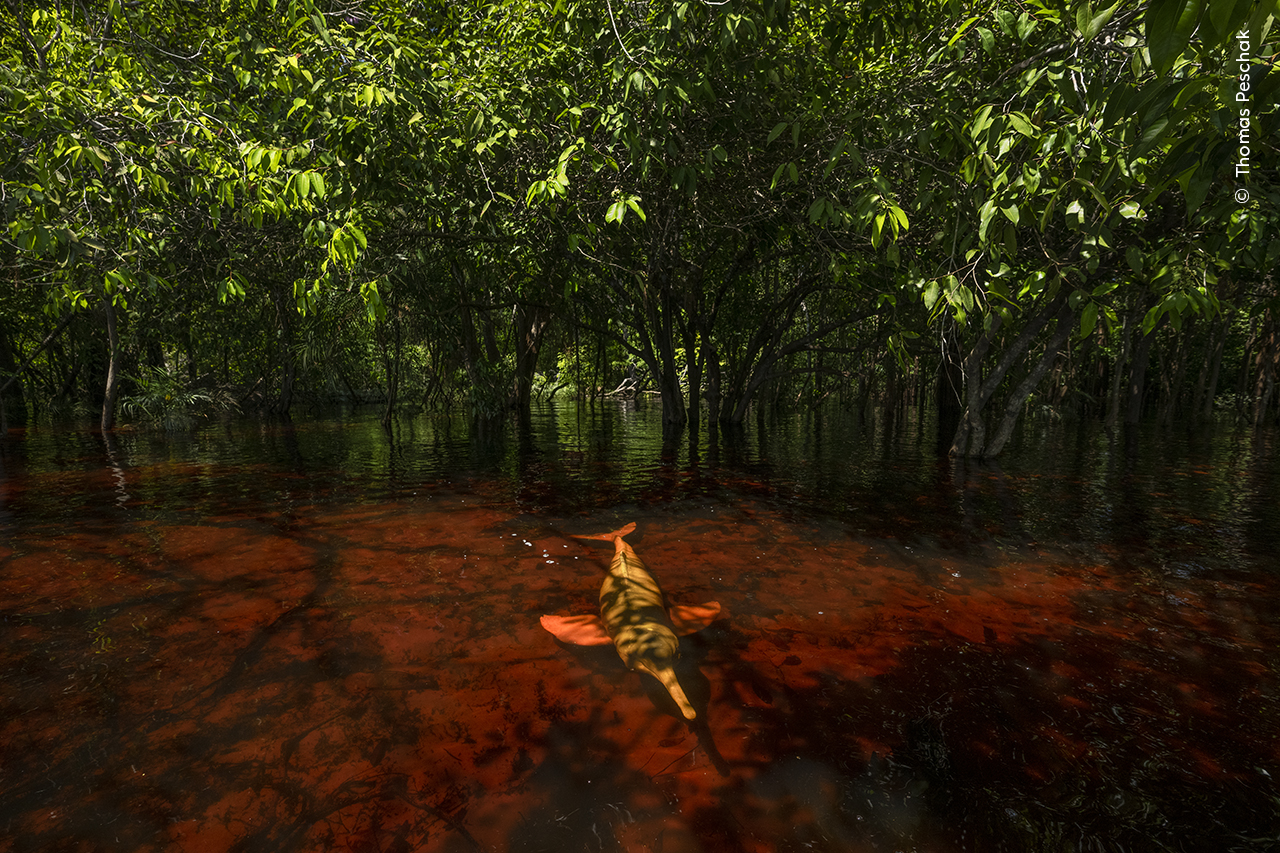
Thomas Peschak documents the relationship between endangered Amazon river dolphins, also known as botos or pink river dolphins, and the people with whom they share their watery home. The Amazon river dolphin’s relationship with humans is complex. Traditional Amazonian beliefs hold that the dolphins can take on human form, and they are both revered and feared. Others see them as thieves who steal fish from nets and should be killed. Thomas took these images in areas where local communities are creating opportunities for tourists to encounter the dolphins. This brings another set of problems: when they’re fed by humans, the dolphins become unhealthy and younger individuals don’t learn to hunt for themselves.
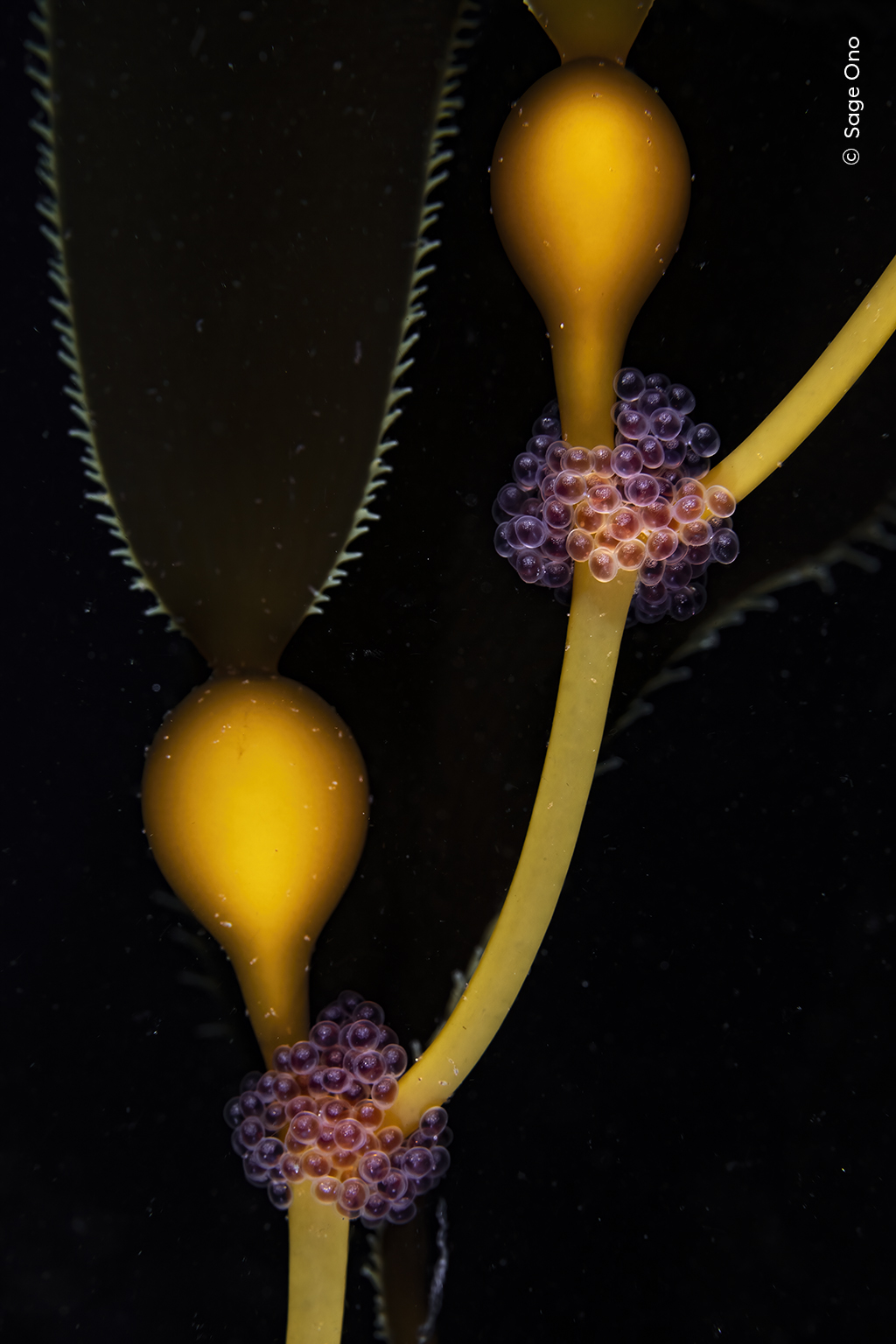
Sage Ono explores the abundant life around the giant kelp forests in Monterey Bay National Marine Sanctuary. Inspired by the stories told by his grandfather, a retired marine biologist, and by a photograph of a larval cusk eel, Sage acquired a compact underwater camera and decided to take up underwater photography. After university, he moved to the coast near the Monterey Bay National Marine Sanctuary to pursue his interest. Here, it’s the submerged world of the bay’s forests of giant kelp – the biggest of all seaweeds – and the diversity of life they contain, that have captured his imagination.
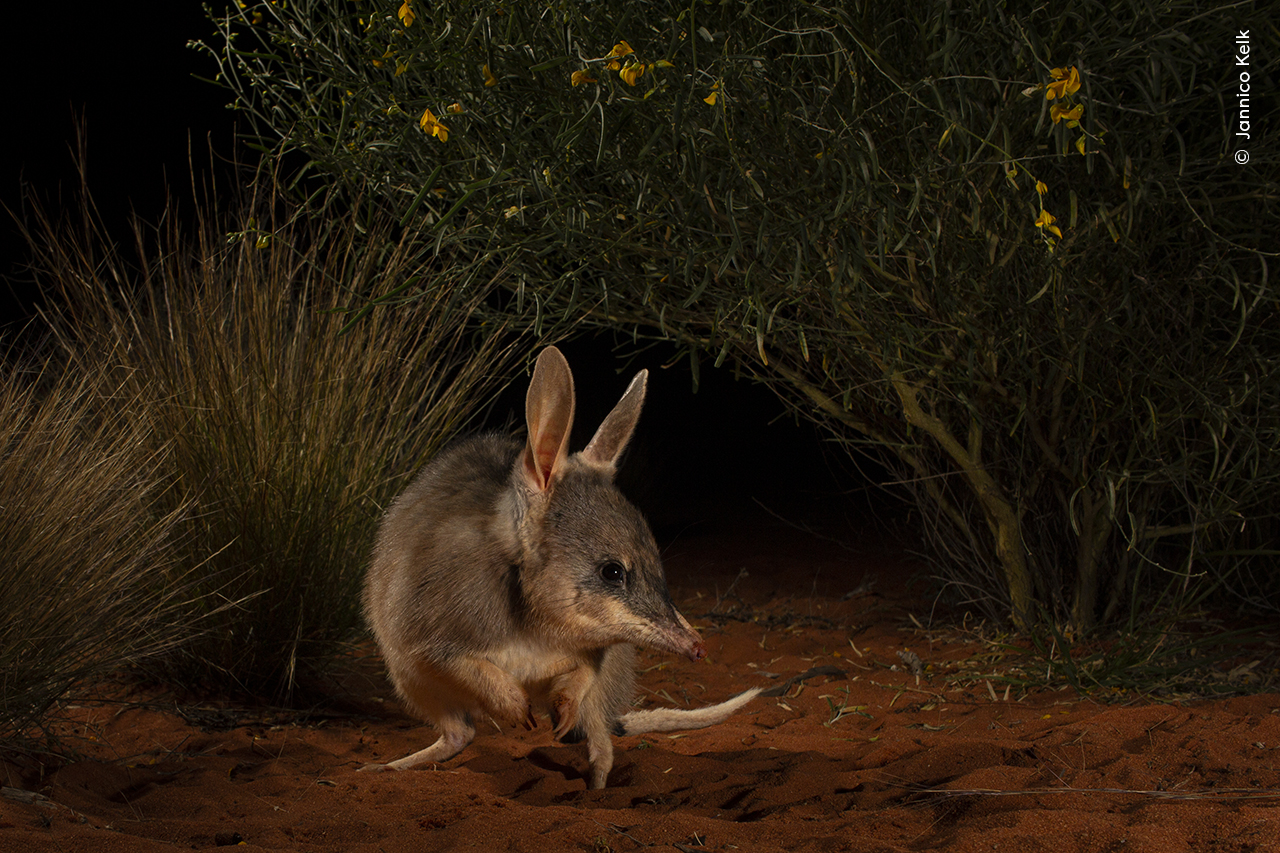
Jannico Kelk illuminates a ninu, with the wire grass and shrubs behind it providing a frame against the darkness. Jannico spent each morning walking the sand dunes of a conservation reserve, searching for footprints that this rabbit-sized marsupial may have left the night before. Finding tracks near a burrow, he set up his camera trap. The greater bilby has many Aboriginal names, including ninu. It was brought to near extinction through predation by introduced foxes and cats. Within fenced reserves where many predators have been eradicated, the bilby is thriving.
Wildlife Photographer of the Year Portfolio 34
An accompanying book featuring images from the competition, Wildlife Photographer of the Year Portfolio 34, edited by Keith Wilson and with a foreword by Kathy Moran, is now available.
Check out the best camera for wildlife, the best lenses for bird photography and wildlife and the best trail cameras – excellent for animal lovers.

Prior to joining digitalcameraworld.com as Guides Editor, Adam was the editor of N-Photo: The Nikon Magazine for seven years, and as such is one of Digital Camera World's leading experts when it comes to all things Nikon-related.
Whether it’s reviews and hands-on tests of the latest Nikon cameras and lenses, sharing his skills using filters, tripods, lighting, L brackets and other photography equipment, or trading tips and techniques on shooting landscapes, wildlife and almost any genre of photography, Adam is always on hand to provide his insights.
Prior to his tenure on N-Photo, Adam was also a veteran of publications such as PhotoPlus: The Canon Magazine, so his wealth of photographic knowledge isn’t solely limited to the Big N.
